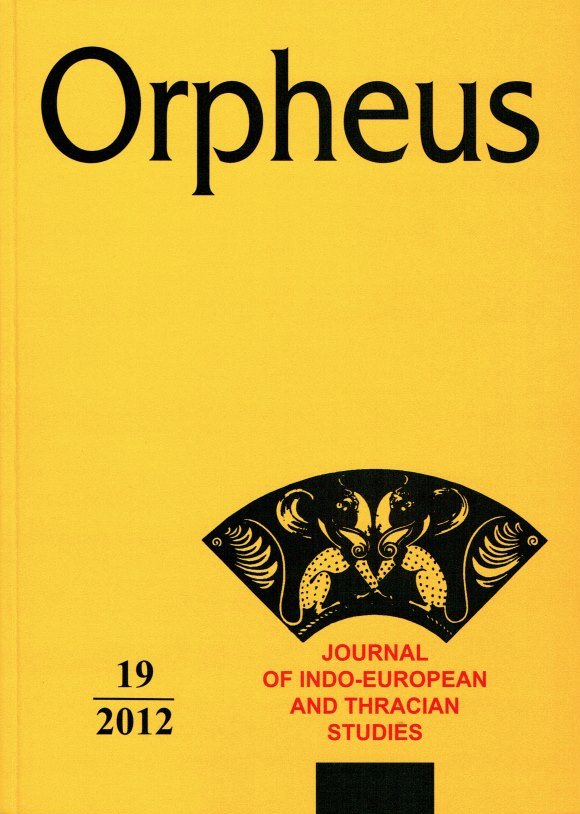The Odrysian King Hebryzelmis on the Thracian Sea, the Sea of Marmara and the Black Sea (387/386–383/382 BC)
The Odrysian King Hebryzelmis on the Thracian Sea, the Sea of Marmara and the Black Sea (387/386–383/382 BC)
Author(s): Kalin PorozhanovSubject(s): History, Cultural history, Diplomatic history, Military history, Political history, Ancient World
Published by: Институт за балканистика с Център по тракология - Българска академия на науките
Summary/Abstract: An inscription from Athens, dated to 386/385 BC., was connected with the relations between Athens and the ruler Hebryzelmis mentioned several times as king of the Odrysae. It is of particular importance that according to that inscription, the Athenian people gave to Hebryzelmis all the honours and rights that his ancestors enjoyed. On the one hand, that must have been the double taxations of the Greek poleis both by Athens and by the Odrysian royal court. On the other hand, a part of the rights were most probably connected with ships sailing into and out of harbours. Hence it can be seen very clearly that Hebryzelmis guided very confidently his states during the negotiations with Athens, linking the interests of both countries with control and rights over ships and a harbour (or harbours), i.e., with mutually advantageous trade. The coinage of Hebryzelmis is represented by four types of bronze coins that have been found in several places, grouped and ordered from north to south as follows: the first parallel line was near the emporion called Pistiros, near the village of Vetren – Pazardzhik district, near Pyasachnik Dam, at the mineral spas of Burgas and near Vetren village – Burgas district on the Black Sea; the second parallel line was near Svilengrad, along the lower course of the Maritsa River, in Kypsela, along the Edirne-Alexandroupolis line on the Thracian Sea, and in Heraion Teichos on the Sea of Marmara. Under King Hebryzelmis Kypsela had become his more permanently inhabited residential capital. Hebryzelmis acted in the same way in the southeast, on the Sea of Marmara, where he subordinated and blatantly demonstrated Heraion Teichos within the boundaries of his kingdom, countermarking coins of that city as his own. However, the demonstration made with the coins of the fortress Heraion Teichos, also identified as Neon Teichos, meant – similar to Kypsela – his lasting presence there as well.
Journal: ORPHEUS. Journal of Indo-European and Thracian Studies
- Issue Year: 2012
- Issue No: 19
- Page Range: 69-78
- Page Count: 10
- Language: English
- Content File-PDF

